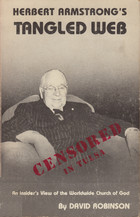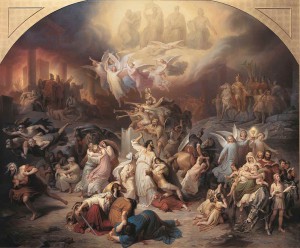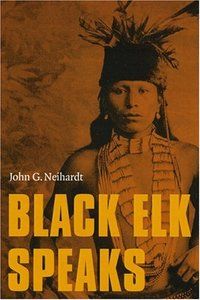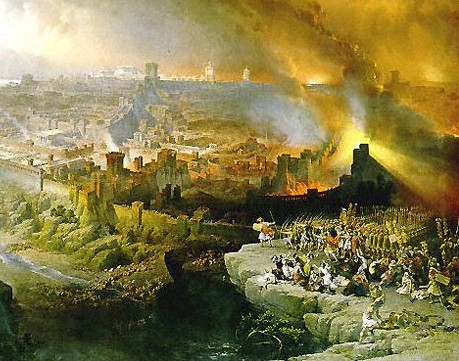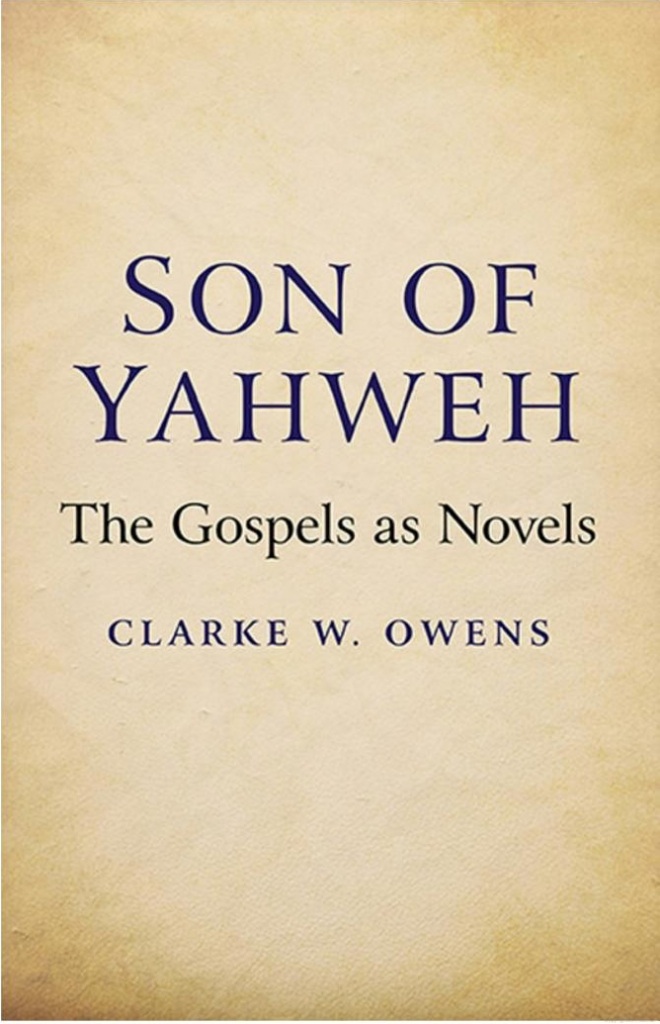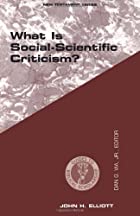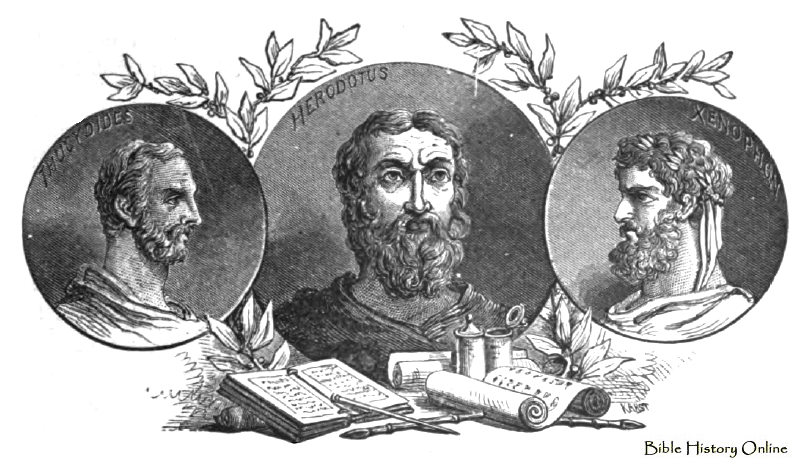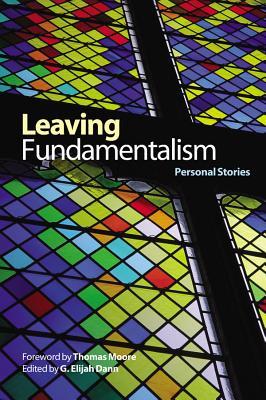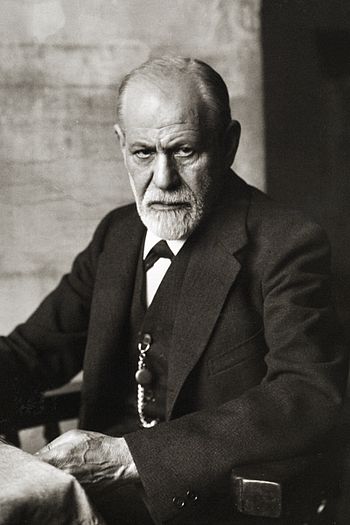.
|
This post continues my discussion of the Vision of Isaiah. It will briefly consider some additional aspects of that writing that make it an attractive candidate as the source Simon/Paul’s gospel.
|
.
An Assembly of Prophets
The Vision of Isaiah gives a significant role not just to Isaiah himself but also to a group of unnamed fellow prophets. Isaiah’s arrival at King Hezekiah’s court is the occasion for a gathering of forty of them who “came that they might greet him, and that they might hear his words, and that he might lay his hands on them, and that they might prophesy and that he might hear their prophecy” (Asc. Is. 6:4-5).
With Isaiah seated in their midst and his higher ranking confreres on his right (an arrangement that matches the Vision’s description of the lower levels of heaven), they hear, together with the king, the door to the heavens opened and the voice of the Spirit (Asc. Is. 6:6). And afterwards they are part of the select group that is allowed to hear Isaiah relate what he saw:
And after Isaiah had seen this vision he recounted it to Hezekiah, and to Josab his [Isaiah’s] son, and to the other prophets who had come. But the officials, and the eunuchs, and the people did not hear, apart from Samnas the secretary, and Jehoiakim, and Asaph the recorder… but the people did not hear, for Micah and Josab his son had sent them out… (Asc. Is. 6:16-17)
The amount of attention and the role given to the prophets have led a number of scholars (Enrico Norelli, Robert G. Hall, Morton Smith, and Michael E. Stone) to surmise that the author was projecting his own community into the time of Isaiah. That is to say, the practices the author describes may well be the practices of his own community. Norelli, for instance, is of the opinion that
the Ascension of Isaiah reflects two phases in the history of a group of prophets who laid claim to a role of very high authority in the Christian community, a role much like the prophets who, gathered around Isaiah, are center stage in chapter 6. (Ascension du prophète Isaïe, p. 74, my translation).
Now if this is correct, and if the Vision was the source of Simon/Paul’s gospel, it could explain why in his communities too prophets played a prominent role, one second in importance only to that of apostles: “God has designated some in the church to be, first, apostles; second, prophets… (1 Cor. 12:28). Apostles who were also the recipients of revelations from the Lord were prophets too. But their apostolic ministry as itinerant preachers meant that those prophets who did not travel around were, in effect, the highest authorities on site in the various churches. Continue reading “A Simonian Origin for Christianity, Part 9: The Source of Simon/Paul’s Gospel (conclusion)”


